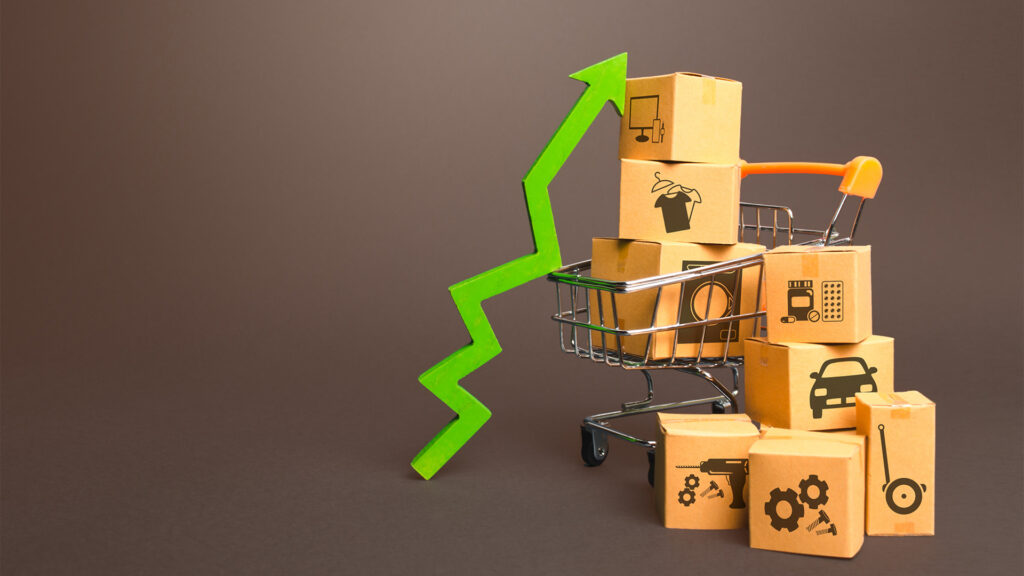Once again, the strength of consumer demand and buying has caught market economists and analysts off guard, resulting in a significant miss in their estimates of US retail sales for September.
The market forecasted a modest 0.3% increase, which fell far short of the actual 0.7% rise. This surprising surge was accompanied by a notable upward revision to August’s growth, which was revised to 0.8% from the originally reported 0.6% (a pleasant surprise in itself).
The US Commerce Department attributed this boost to households increasing their purchases of motor vehicles and spending more at restaurants and bars. The combination of the higher August estimate and the September rise suggests that the US economy performed even better in the third quarter than previously anticipated by investors and economists.
The robust retail sales data has led to increased expectations of a rate hike by the US Federal Reserve in its upcoming meeting, either in a fortnight or in December, signaling a strong end to the third quarter for the economy.
Ten-year US bond yields saw a sharp increase of 12 points, reaching over 4.83%, hitting new 16-year highs. The 10-year yield reached a daily peak of 4.87% following the release of the retail sales data.
It’s worth noting that retail sales primarily reflect goods and are not adjusted for inflation. Additionally, higher petrol prices likely contributed to the increased sales, benefiting service stations and other outlets (such as those operated by Walmart, Costco, and other chains).
However, economists are now wondering how long this solid retail sales performance can be sustained by US consumers, especially considering the resumption of student loan repayments this month, which has placed a significant strain on American households already stretched financially. Furthermore, higher interest rates have driven credit card delinquencies to an 11-year high as US consumers increasingly rely on credit cards for purchases.
Nevertheless, consumer spending remains buoyed by the tight labor market, with the economy adding 336,000 jobs in September and an additional 119,000 jobs found for July and August.
Excluding cars, petrol, building materials, and food services, retail sales saw a robust 0.6% increase in September. August data was revised to show these core retail sales gaining 0.2%, up from the previously reported 0.1%.
Reuters notes that this core measure of retail sales closely corresponds with the consumer spending component of GDP. As a result, consumer spending is expected to have accelerated in the third quarter, thanks to a surge in July, with spending on services remaining strong, which should contribute to overall consumption.
The first estimate of US third-quarter economic growth is set to be released later this month, with some forecasts projecting an annual growth rate as high as 5.1%, following the 2.1% pace in the June quarter.

